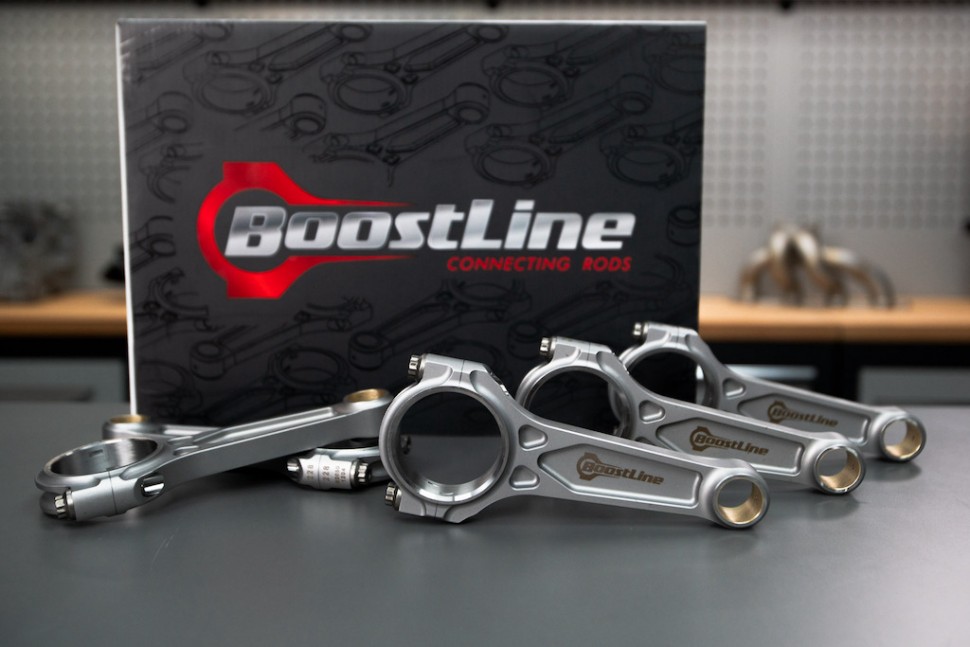| 00:00 |
- Our next task is to consider rescaling the MAF.
|
| 00:03 |
or injectors if required.
|
| 00:06 |
Now, as we have already discussed a couple of times now, our car at the moment is 100% stock standard.
|
| 00:11 |
So we wouldn't expect that that's going to be a necessary step.
|
| 00:16 |
However, it's always a good idea, to at least check and confirm that our MAF scaling is accurate.
|
| 00:22 |
And we can do this in a couple of ways.
|
| 00:24 |
I've got our VCM scanner software running at the moment and you can see here, we're looking at our chart view, which logs our parameters visually in front of us.
|
| 00:35 |
We can see them moving around and there's a few parameters that we've got logged here.
|
| 00:39 |
At the top, we have our engine RPM.
|
| 00:42 |
We also have our long term and short term fuel trims being logged, which right now, are of interest to us.
|
| 00:50 |
Below this, we have our commanded lambda, and we also have our lambda, measured lambda being delivered via our wide-band exhaust lambda sensor, that's actually fitted into the exhaust system, so this particular parameter here is showing us what our current measured exhaust lambda is.
|
| 01:09 |
Now, in a well-tuned system, with a MAF sensor that is scaled correctly, we'd like to see our short term and long term fuel trims as close to zero as possible.
|
| 01:19 |
Now, it's not always practical to expect that these will be zero and you can see right now, that our trims are sitting, our long term trims are sitting at about negative 2.3%, and you can see our short term trims are sitting on zero.
|
| 01:34 |
Now generally, my guideline for a well-tuned MAF sensor, I would like to see the values for the short term and long term fuel trims combined, be no more than plus or minus 5%.
|
| 01:46 |
That would be my absolute limit.
|
| 01:48 |
Realistically, I'd like to see them within two or 3%, which is exactly where we are right now.
|
| 01:54 |
Now, over to the left of our chart, we can also see the individual channels being listed here, and we can see the instantaneous values from any of these channels and we've got exactly the same data here.
|
| 02:08 |
We have our commanded equivalence ratio or commanded lambda being displayed as well as our measured lambda, and below that we have the values from our short term and long term fuel trims.
|
| 02:21 |
So, it's just two separate ways of looking at the same data.
|
| 02:26 |
So, what we're looking for here, is to test the car under normal operating conditions.
|
| 02:32 |
So, at the moment, I've got the engine running and it has been for several minutes.
|
| 02:37 |
We're not going to be doing this testing initially after a cold start and we also don't want to be doing this when the engine has been heat soaked and has then just been restarted.
|
| 02:48 |
So parameters that I'm looking at here to help guide me, are our engine coolant temperature and our intake air temperature.
|
| 02:55 |
We want these to be normal and representative, and while I've been talking here, about what we're looking at, I've got the engine running on our dyno, and we're sitting here idling with the engine fan on, to help remove any heat from that engine bay and give us some realistic data.
|
| 03:13 |
So we're happy with what our short term and long term trims are doing at idle, but it's always a good idea to have a look at some data, with a little bit airflow into the engine, so we now need to introduce some load.
|
| 03:25 |
Let's do that, by getting the engine running on our dyno and what I'm going to do is move into fourth gear, and I want to have a look at, the sort of, airflow values that we're likely to see at a normal cruise.
|
| 03:38 |
So, we're going to move us into fourth gear and we're going to look at, around about 1,200 RPM.
|
| 03:46 |
Now, you can see at the moment, our short term and long term fuel trims have moved around a little bit.
|
| 03:51 |
However, if we still look at the average values, if we look at the combined values, I should say, of the short and long term fuel trims, you can see that we're still very, very close to our target.
|
| 04:02 |
I'm going to apply a little bit more load now and see what happens as we open the throttle a little bit further.
|
| 04:07 |
And again, you can see, that as I've increased the throttle a little bit further now, we are very, very close again to our zero point.
|
| 04:16 |
So, this is pretty well, to be expected with a stock standard car.
|
| 04:20 |
We should expect that our MAF sensor scaling will be accurate.
|
| 04:24 |
This particular step is there, simply to confirm that, that is the case, that our MAF scaling is what we expect it to be for our standard engine.
|
| 04:34 |
We can now move on and we can actually look at optimising the tune, so let's do that.
|





